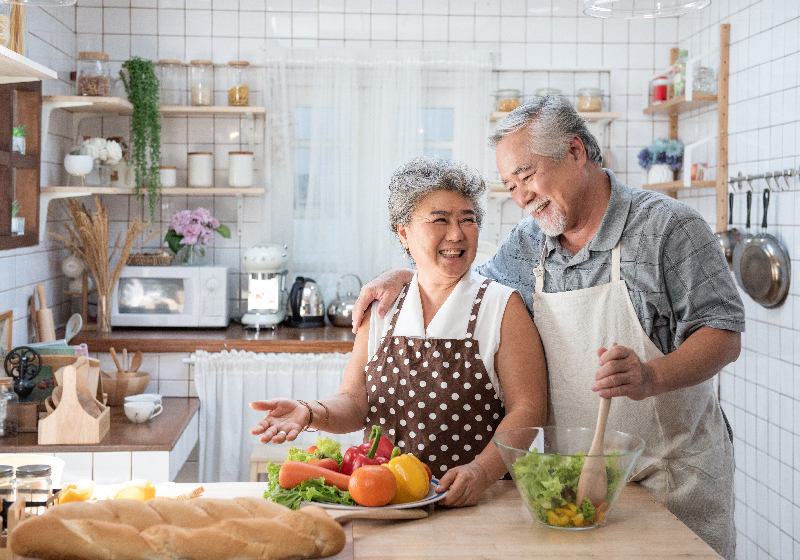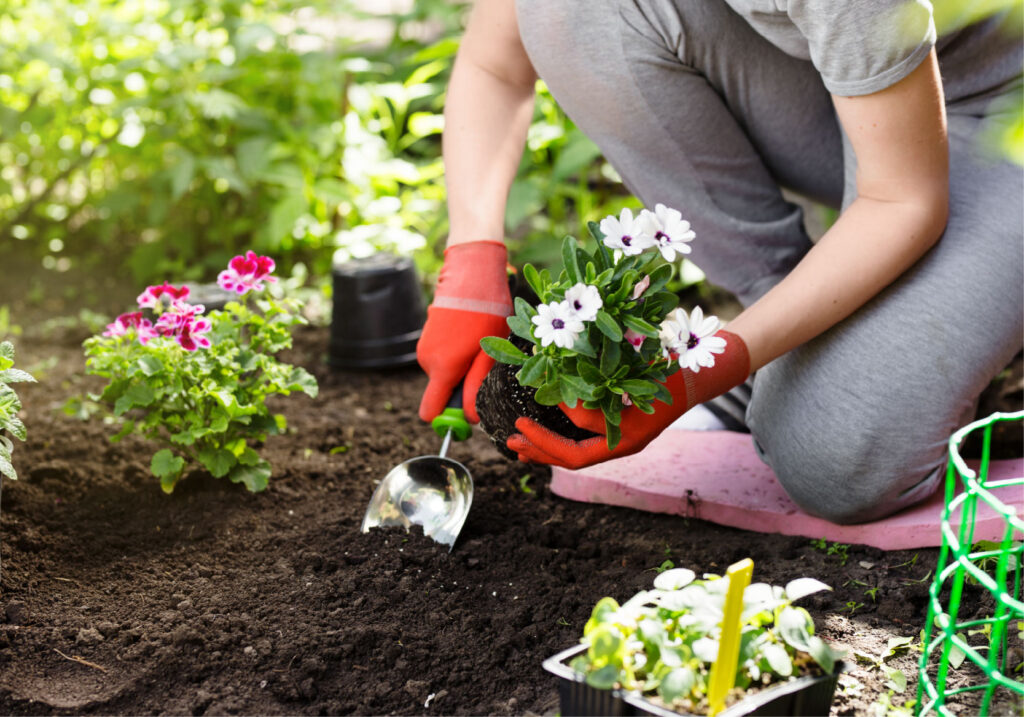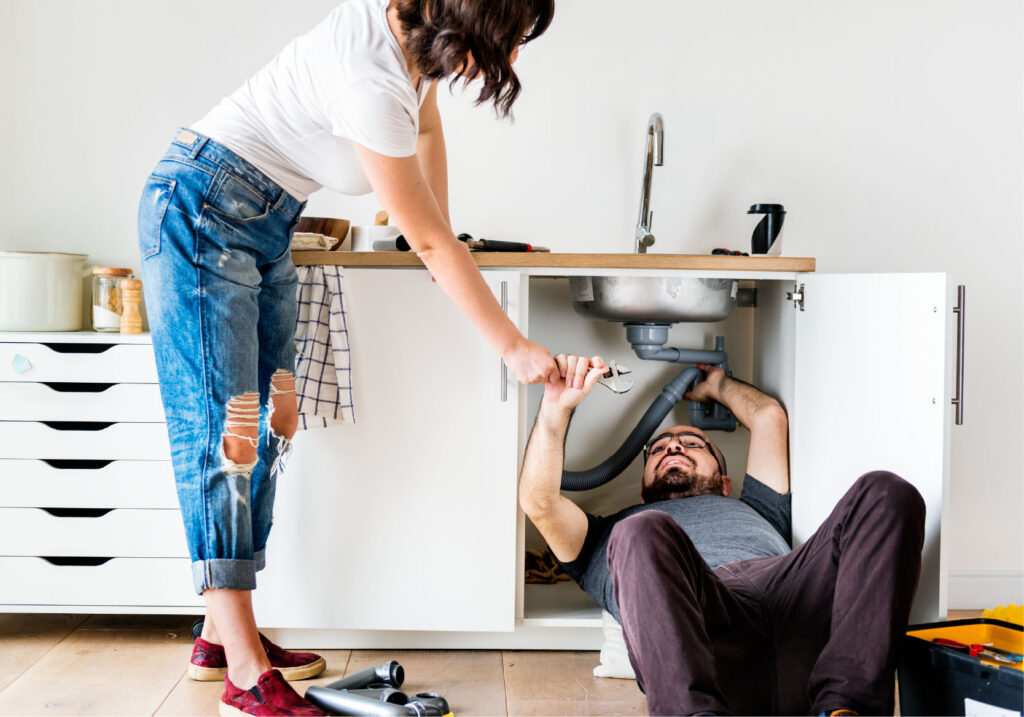Being able to live your life independently becomes more difficult the older you get. Since February is National Senior Independence Month, it’s a good opportunity to think about your long-term safety plan for elderly loved ones. It’s a tough decision to know what steps to take in protecting them at home, but you have a few options to make the best choice for them and you.
Stay or Move
The biggest question you’ll have to face is determining whether to stay put or relocate. Moving away from a place that holds so many years of memories isn’t easy, and it may complicate your final choice. To maintain a sense of freedom and avoid the dangers that come with living alone, downsizing is a favorable option. Retirement homes or assisted living centers are also popular, and ensure that there’ll be regular supervision of your family member. But you can still make their current dwelling safe without making them feel restricted.
Reduce Fall Hazards
27 percent of people 60 and above live alone in the U.S., while almost 25 percent age 65 and up live alone in Canada. However, almost a quarter will experience some type of injury, most likely a fall, while at home. If their home has multiple levels, this can be a mobility nightmare. Stairlifts are perhaps the first thing people think of to eliminate the chance of a fall, yet they can be expensive. A cheaper and just as effective solution is installing sturdy handrails on both sides of a staircase. Some other ways to keep an aging family member safe from tripping are:
Emergency Alerts
Accidents can still happen, but having the right measures in place reduces the likelihood of them becoming a major emergency. Having a landline or cell with preloaded contacts saves time when making an important call. Wearable medical devices can also get a hold of the appropriate service at the push of a button. If your family member prefers to not wear a medical bracelet or necklace, a smart device like Google Nest or Amazon Alexa can call for help and also give important reminders such as doctor’s visits. For hearing impaired individuals, replace smoke and CO detectors with visual alert models that will strobe when there’s danger.
Security
Seniors tend to be an easy target of burglary. Forgetting to lock a door is an open invitation to someone passing by. Smart locks on front and back doors can help prevent leaving an entrance unsecure. Installing a camera monitoring system helps keep an eye on things at home or away. Alarms and motion lights outside are another way to deter petty thieves and protect your loved ones.
Do Your Part
To know how your elderly family member is, the best thing you can do is consistently check in with them. Carve time out of your schedule to visit them every so often and make sure that they and their home are in good condition. When you visit, check that any safety systems are operating properly, clean any messes, and check for any items that need maintenance. If you’re unable to visit, call or Zoom. You can also have a friend or senior check-in service stop by their house to help out. Aging can make people feel like a burden, and depending on their health they may need more attention. Scheduling regular visits or chats ensures that they’ll stay healthy and happy while at home.
Having a safe home is important for family members of all ages. To protect your loved ones and your home, have it inspected by a professional from NPI.



